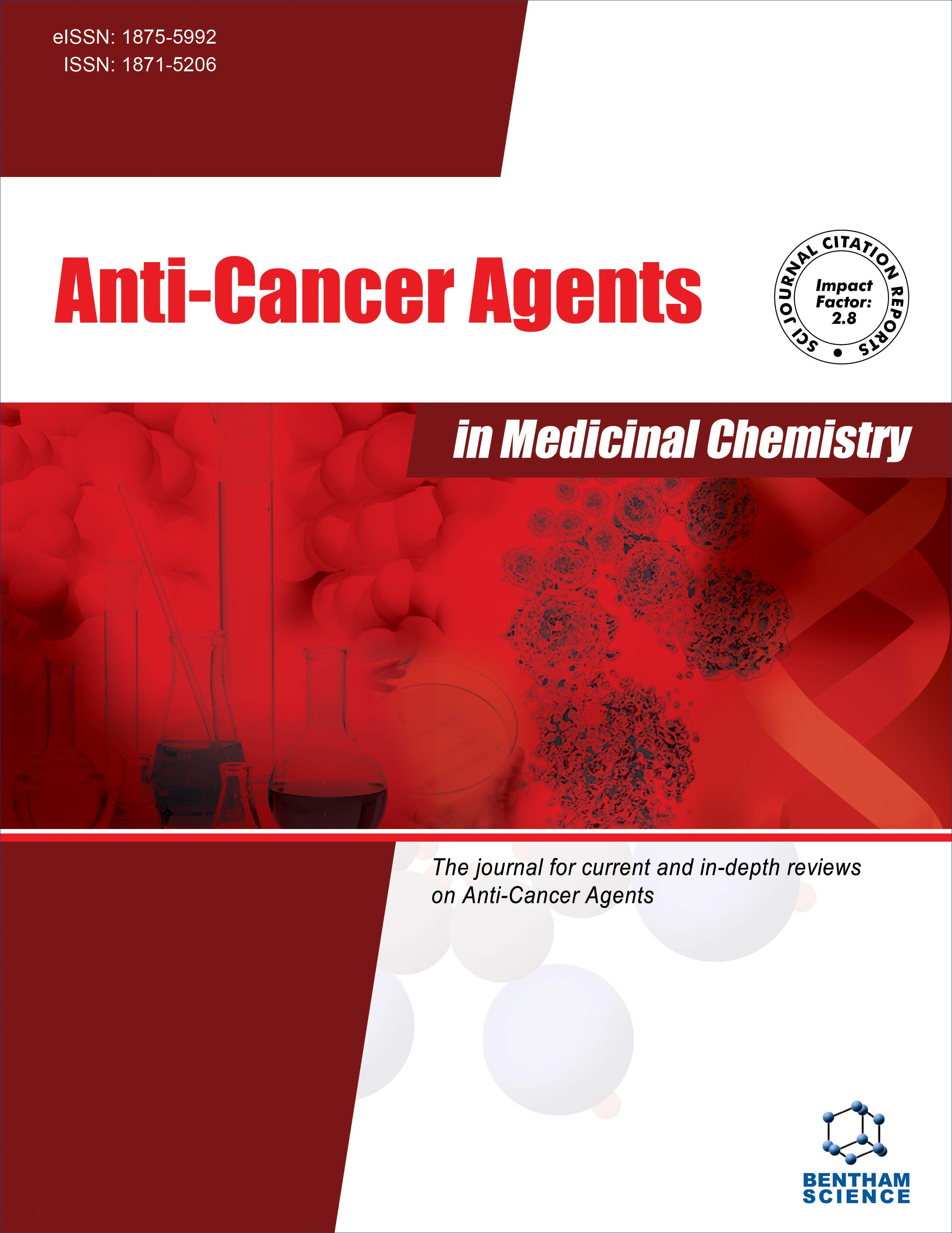
Full text loading...
Hepatocellular carcinoma (HCC) is among the most prevalent and fatal cancers globally. The gut-liver axis, involving intricate interactions between gut microbiota and the liver, has emerged as a critical pathway in HCC development. This review comprehensively examines the molecular mechanisms by which gut microbiota contribute to hepatocarcinogenesis. It discusses factors that either protect against or promote HCC, such as bacterial translocation, and explores the biological processes that drive carcinogenesis, while addressing clinical and pathophysiological complexities. Special attention is given to the role of toll-like receptors (TLRs) and inflammation in liver cells, where microbial components trigger changes in TLR activation, leading to increased inflammation and fibrosis. Additionally, the review covers obesity-related HCC, highlighting the impact of gut microbiota alterations on this cancer type. It critically assesses current literature on therapeutic interventions targeting gut microbiota in HCC, focusing on strategies like probiotics and antibiotics that could modulate microbial composition to prevent HCC progression. The review also explores gut microbiota-derived biomarkers for early detection and monitoring of HCC and discusses personalized therapies based on individual gut-liver interactions. Finally, it identifies research gaps and suggests future studies to deepen understanding of how gut microbiota can be leveraged as an adjunct therapy in HCC. Overall, the review underscores the pivotal role of gut microbiota in HCC pathogenesis and treatment, pointing to microbiome modulation as a promising therapeutic avenue.

Article metrics loading...

Full text loading...
References


Data & Media loading...

